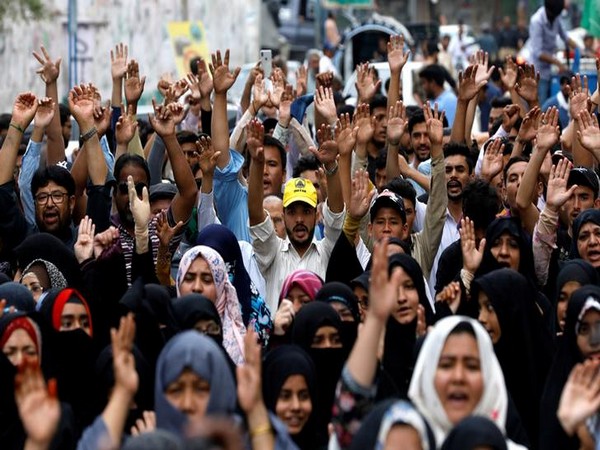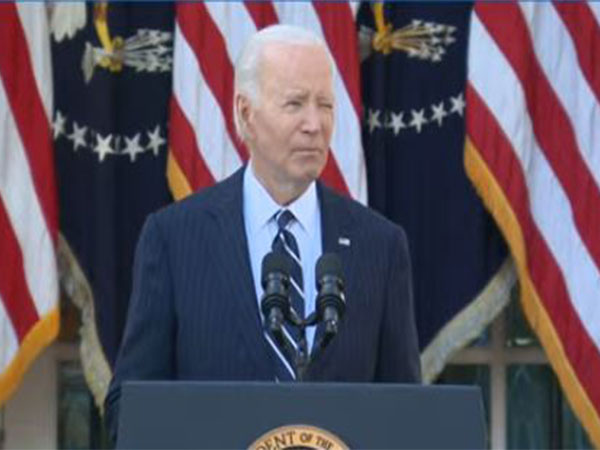Karachi [Pakistan], September 25 (ANI): The ongoing severe electricity crisis in various areas of Karachi, Pakistan, triggered major violent protests on Tuesday. Agitated protestors complained that they have been living without electricity for at least three days, despite paying hefty bills generated by K-Electric, the local power supplier.
Residents of Nafeesabad and Teen Hatti organised violent protests after being frustrated over a three-day-long power cut. The protestors set tires on fire and erected roadblocks, bringing the city to a halt, as reported by the Express Tribune.
Protesters claimed that the prolonged power outages have resulted in a water shortage in their homes, disrupting their daily lives. They also stated that these conditions are making life difficult for children and daily wage workers, who are unable to work due to the power outage. The protesters insisted that the city had been plunged into darkness even when the residents were regularly paying hefty bills to K-Electric.
During the protest, the residents of Karachi confronted KE staff members, stopping their vehicles and demanding immediate action over the issue. The protestors also declared that their demonstrations would continue until power was restored.
Reportedly, Pakistan is grappling with a severe energy crisis, as energy demand continues to rise while the supply of conventional energy sources remains insufficient. As the gap between energy supply and demand widens, the nation faces surging power costs and increased reliance on imports.
According to a previous report by Geo News, in October 2023, Pakistan had an energy deficit of 6,000 megawatts, incurring an import bill of USD 7 billion. The National Electric Power Regulatory Authority’s (Nepra) 2022 annual report states that Pakistan’s installed generation capacity totals 43,775 MW, with merely 7 per cent coming from renewable energy sources.
The roots of Pakistan’s energy crisis date back to the 1970s when the country avoided a major crisis by launching the Mangla and Tarbela dams. These projects were initiated during a brief period of robust hydro-driven energy generation, which met the nation’s demands at the time.
Despite government efforts to increase generation, they have failed to keep up with the escalating demand. Pakistan’s energy crisis is primarily driven by its heavy reliance on non-renewable and expensive fossil fuels, which make up 59 per cent of the energy mix, according to Geo News.
This dependence is worsened by outdated transmission lines, infrastructural flaws, and issues such as line losses, power theft, and inefficient energy usage. Pakistan’s energy infrastructure is overburdened by overpopulation, rapid urbanisation, and industrialisation. A report by the World Bank projects that Pakistan’s energy demand will hike by 70 per cent by 2030, while supply is expected to grow by only 45 per cent. (ANI)
Disclaimer: This story is auto-generated from a syndicated feed of ANI; only the image & headline may have been reworked by News Services Division of World News Network Inc Ltd and Palghar News and Pune News and World News
HINDI, MARATHI, GUJARATI, TAMIL, TELUGU, BENGALI, KANNADA, ORIYA, PUNJABI, URDU, MALAYALAM
For more details and packages
















